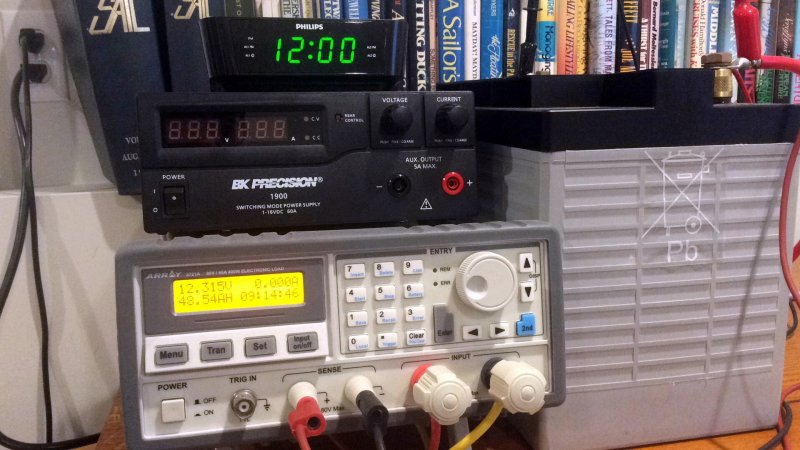Rider
Solar Addict
My own 120ah AGMs get a good work out daily running 24VDC around my yard etc. DoD would be approx 25% overnight. Batteries are pulled up to full charge daily by a 1kW array and overall capacity remaining is nicely on the curve I'd expect them to follow, and yes I have checked because I'm that sort of person.
Could it be that Tesla is using lithium because of its superior power / weight / volume ratio? Yes, I think that might just be it.
Oh. So you guys have magic batteries too??i was going to reply to your "I been running solar everyday since 2011. " post but I no longer see it. Weird. But that wasn't my question. My question was have you used lead acids in anything other than your car, and I guess that's a no. Myself and millions like me have been using them for storage banks for decades. Your doomsday theories are uninformed.




